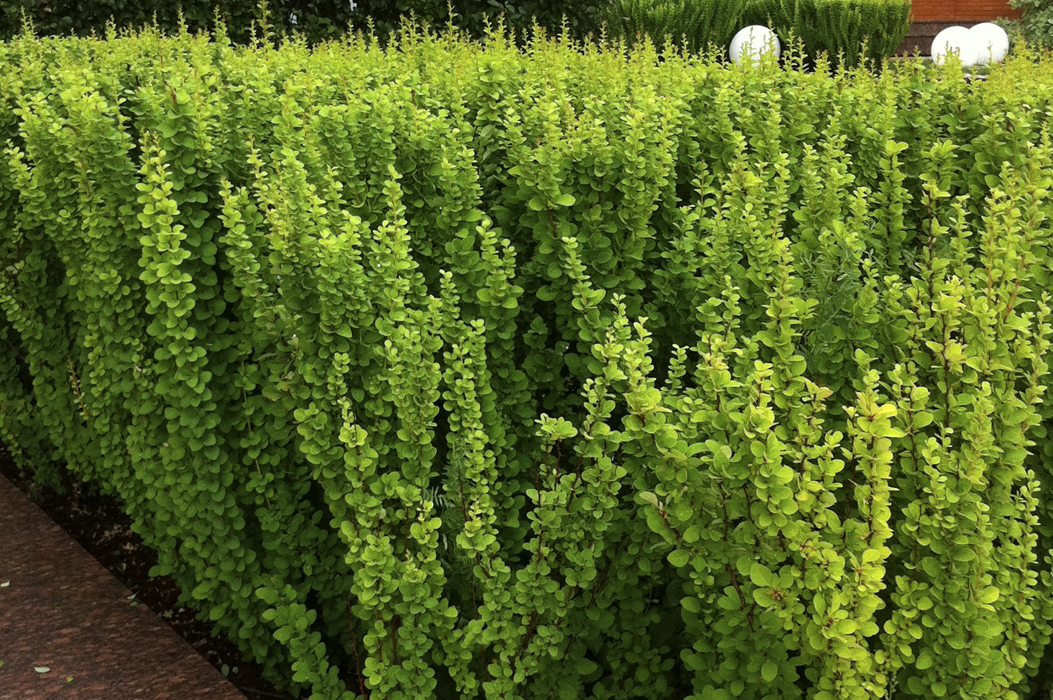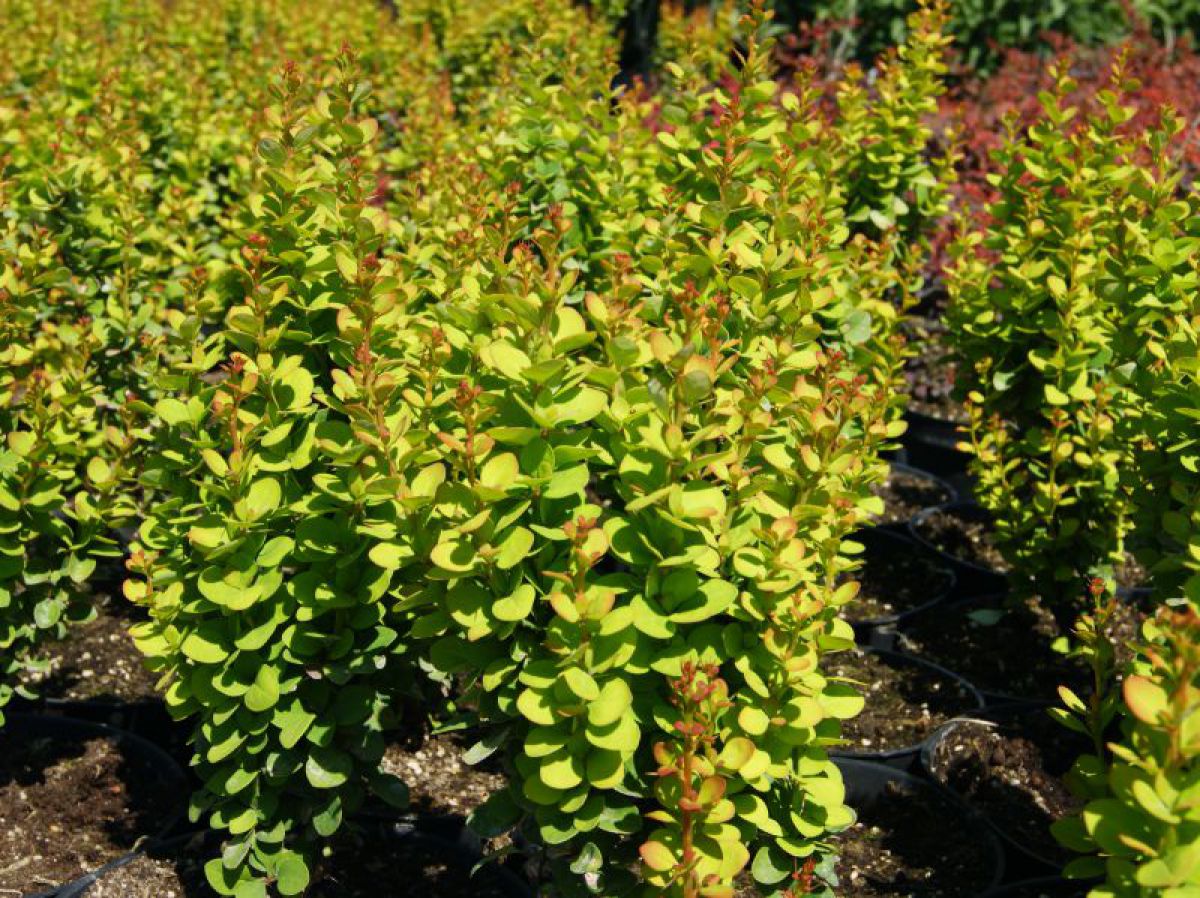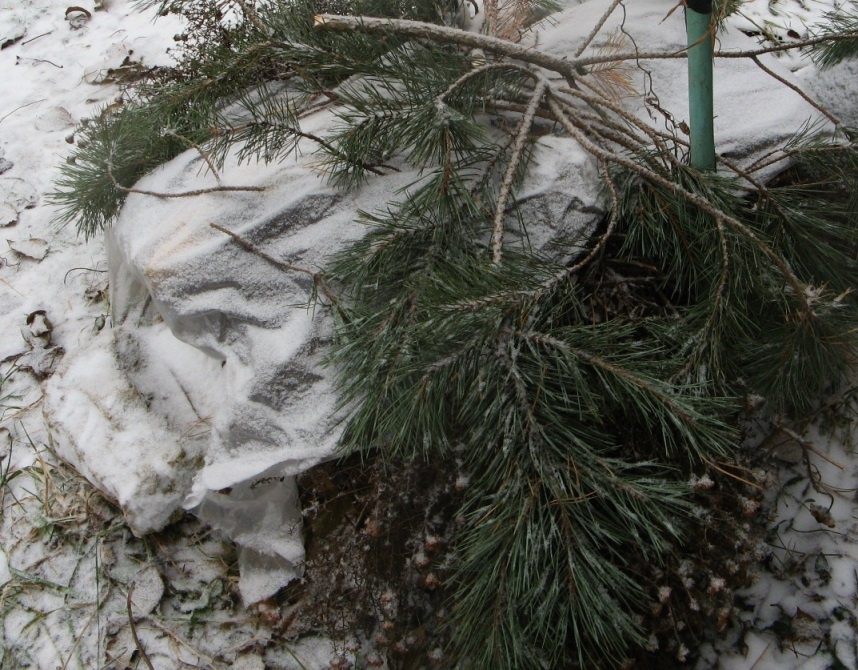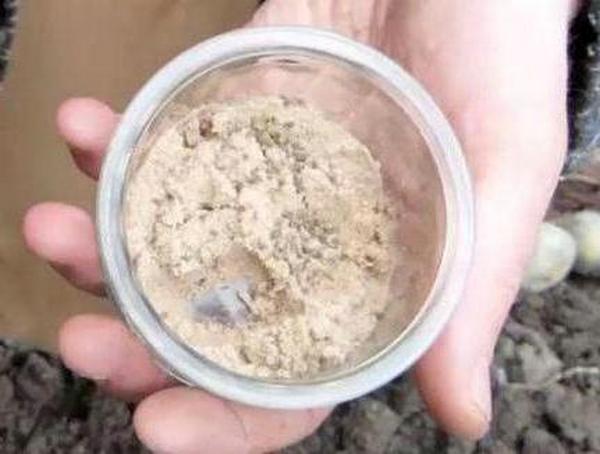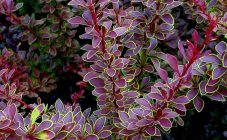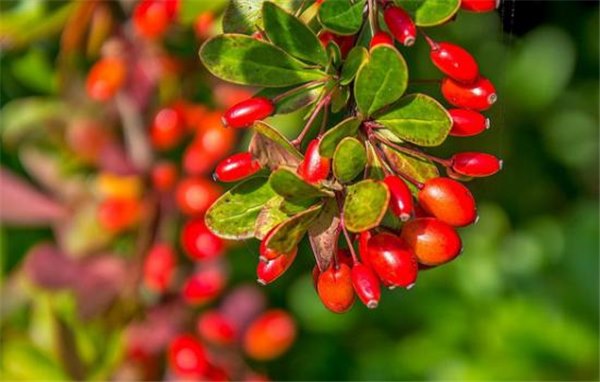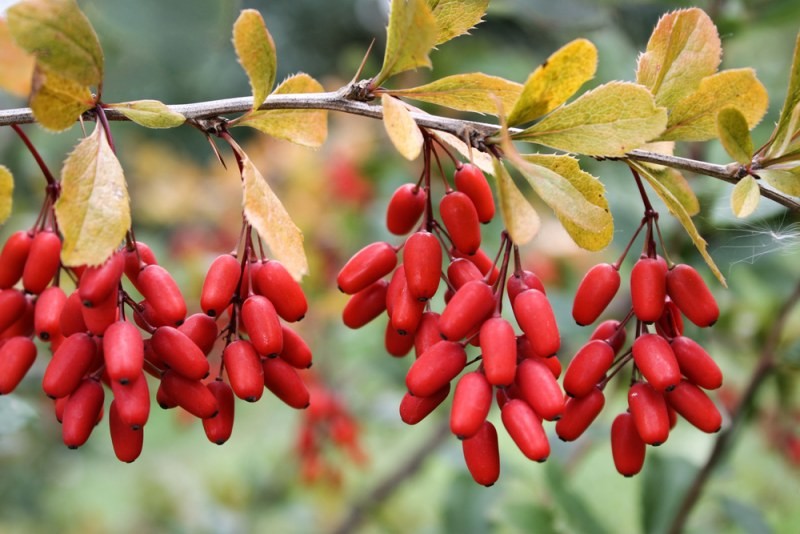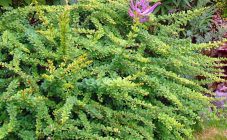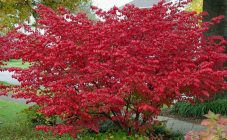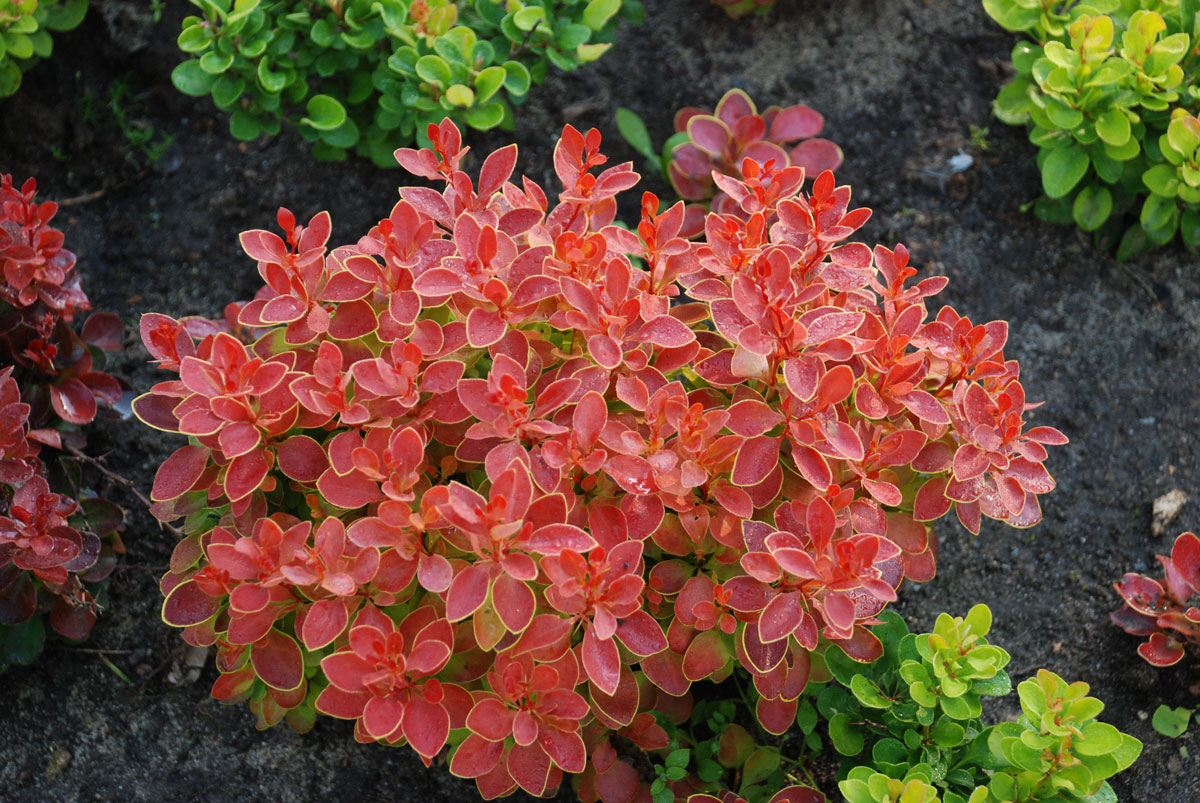Content:
Shrubs in the garden are used to decorate a summer cottage. Barberry Thunberg fits perfectly into the landscape design of the territory, emphasizing the vertical composition. The plant has an original shape, the color of the leaves changes up to several times during one season. The birthplace of this shrub is Japan and China. Culturally, it is distributed in different parts of the world. The Thunberg barberry species has a sufficient number of varieties, for example, Harlequin, Orange Rocket, Red Chief and others.
Characteristics and description of the variety
When characterizing and describing the barberry Erekta, it should be noted immediately that the species is classified as a group of tall shrubs, its foliage is green. So it was named after the shape of the crown and the erect shoots, which are usually collected in a column and directed upwards. The height that an adult plant reaches is 1.5 meters.
Barberry Erekta differs in that it has shoots that branch little, and there are not so many thorns on them. In spring, it is impossible to see even a small gap on the plant, so much it is covered with small green leaves.
When summer comes, at the very beginning the barberry looks different, whole brushes of flowers appear, which are yellow on the inside and reddish on the outside. The flowers are very beautiful and have a great scent.
By September, fruits begin to appear on the shrub, these are berries of a coral shade, which are difficult to notice against the background of the autumn plumage of the Thunberg Erecta barberry, which by this time has an orange-red color. Berries tend not to crumble for a long time, they look beautiful on the site, birds feed on them.
Growing features
Despite all the seeming unpretentiousness of the Erecta barberry plant, he needs to ensure proper planting and care.
First of all, it must be taken into account that the culture prefers well-lit places. The color of the foliage of the plant directly depends on this. With enough light, it usually takes on the richness and brightness of a magenta hue. In the shade, the foliage of the barberry will have a green color.
In low-lying areas, barberry will not feel very comfortable due to the accumulation of rainwater. Barberry does not like excessive moisture.
Barberry Thunberg Erecta is not bad for neighboring plantings, but if there is a proper distance of up to 1.5 m, for full development. Planting near a residential building is not recommended, because insects attracted by shrubs will annoy the owners.
Landing
In the spring and autumn, you can plant Erekta barberry, but in the fall there are some subtleties. In the spring it is necessary to plant before bud break, in the fall it must be borne in mind that the plant must have a good root system for wintering.
For planting, a prepared soil is used, consisting of two parts of turf, one each of humus and sand. This composition contains everything a shrub needs: nutrients and oxygen.
When planting single bushes is planned, the distance should be about 2 meters, a dense barrier means planting 3-4 bushes next to each other.
Barberry Thunberg Erekta is capable of excellent well-being in dry and hot conditions, but it still needs to be watered and fed, however, in a gentle mode.
If it is a rainy summer, and there is enough moisture, then there is no need to water the plant additionally. In the absence of natural moisture or its lack, watering is carried out once a week.
The weed grass near the barberry significantly interferes with it and deprives the soil of nutrients, so the weeds must be periodically removed and the soil loosened for free access of oxygen.
After planting, mulching is carried out near the trunk of the barberry, using peat or sawdust.
Top dressing
Nitrogen fertilizers are applied in the second year of life. The option considered to be optimal involves the preparation of a solution from urea. You will also need fertilizers with microelements, which are fed to barberry 3-4 times more per year. In summer, complex, granular fertilizers are used. Superphosphate and potassium are added in early autumn.
When the barberry Erekta reaches the age of two years, it is thinned out by pruning weak or dry branches. They interfere with the growth of barberry, as well as the development of new young shoots. The dryness of the branches is determined by the foliage; removal can make up 70% of all plant shoots. If necessary, prune again.
At temperatures below -5 degrees, the plant is covered with spruce branches, since the soil in this case freezes by several centimeters. The shoots are wrapped in burlap to prevent the branches from freezing and to protect them from the ice crust. In the spring, all shelters are removed as early as possible so that the plant grows faster.
Reproduction
There are several breeding options for Turbenga Erect barberry:
- Berry seeds;
- Cuttings remaining after the pruning procedure;
- Rooting shoots;
- Dividing the donor.
Seeds
Seeds are taken from the ripe fruits of the bush in autumn and dried. After that, they are washed with ordinary running water and placed in a slightly concentrated solution of potassium permanganate. Sowing is carried out to a depth of no more than 3 cm in loose soil. The seeds will sprout with the onset of spring.
If for some reason the autumn planting did not work out, you can store the seeds mixed with sand at a slight positive temperature. Then you can plant them at the end of April.
Cuttings
At the very beginning of summer, cuttings, about 15 cm long, are separated from the lateral shoots, and they are planted for rooting in a greenhouse, removing unnecessary lower leaves. In the greenhouse, it is necessary to periodically ventilate, the ground should be loose. For faster rooting, cuttings are covered with foil and watered as needed. The greenhouse is opened when leaves appear, thereby hardening.
Layers
Reproduction of barberry by layering is recognized as the simplest method. A hole is dug above the roots no more than 20 cm in depth and cut branches are placed in it with an age of up to a year. They are covered with earth so that only a small tip remains above the surface. You need to water often, by autumn the planting material will be ready for use.
Division
This method requires a dug out bush, which is divided into several parts. Each such part must have strong shoots. The divided parts must be planted without delay, preferably on the same day. Watering should be done frequently, but using moderate amounts of water.
Pests and diseases
Barberry Turbenga Erekta is a very terrible pest of aphids. As a result of its negative effects, the leaves become dry and wrinkled, and the shoots lose the ability to produce buds. In order to prevent this, prevention is carried out by spraying with tobacco dust.The flower moth is also dangerous. To destroy it, use special compounds.
From fungal diseases, Erecta barberry can be affected by powdery mildew, the disease spreads to the entire plant. Signs can be the presence of white bloom, and the way to combat it is by spraying with preparations containing sulfur. The procedure is carried out two times: when the buds are blooming, and at the end of flowering. The damaged areas are removed.
Rusty spots may appear on the foliage, they prevent the plant from fully developing, weakening it. For their disappearance, spraying with a solution of copper oxychloride is used.
Advantages and disadvantages
Positive sides:
- It is irreplaceable for landscape design due to its decorative effect. This is also facilitated by a compact bush, shape and color;
- If there is partial lack of light, the leaves still do not lose their color saturation;
- Formative pruning is practically not used due to the vertical crown, excluding branches that are weak or dry;
- It is considered resistant to most diseases and pests;
- Excellent frost resistance of the plant. It can transfer up to -35 degrees.
The disadvantage of this variety, many gardeners call it prickly.
The barberry of Thunberg Erekta will help transform the suburban area, give it a unique look, fill it with unusual shapes and colors. The plant is unpretentious when grown in different conditions and is able to decorate both a flower garden and a garden.
